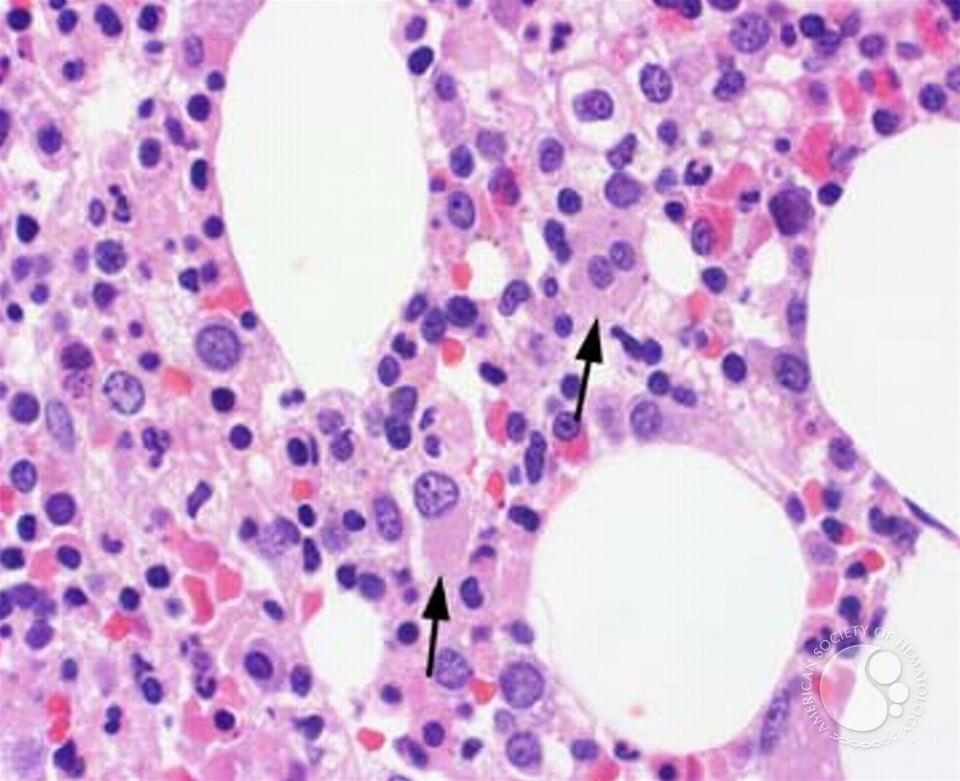Treatment Options in the United States
In the United States, treatment options for MDS vary depending on the specific subtype and risk level of the disease. For lower risk MDS, the standard first line treatment is erythropoiesis-stimulating agents (ESAs) such as epoetin alfa or darbepoetin alfa. These drugs work to stimulate the bone marrow to produce more red blood cells and help reduce the need for blood transfusions. For patients who do not respond adequately to ESAs or who have higher risk MDS, the next treatment option is hypomethylating agents such as azacitidine or decitabine. These drugs work epigenetically to modify genes and alter DNA methylation patterns in the bone marrow to restore normal blood cell production and control disease progression.
For patients who are not candidates for or do not respond to hypomethylating agents, the best treatment option is a stem cell transplant if a donor can be found. Stem cell transplants, also called bone marrow transplants, replace damaged or diseased bone marrow with healthy bone marrow stem cells. This offers the potential to cure the disease. However, stem cell transplants carry a high risk of treatment-related toxicity and mortality, so they are generally only recommended for younger, fit patients. For older or less fit patients, clinical trials of newer drugs are also an option to explore alternative treatment approaches.
Treatment Advances in Europe
Across Europe, MDS treatment broadly follows internationally recognized guidelines from organizations such as the National Comprehensive Cancer Network and European LeukemiaNet. However, treatment availability and access can vary between countries based on differing public healthcare systems and budgets. Similar to the U.S., the frontline treatments for lower risk MDS are ESAs and hypomethylating agents (HMAs) such as azacitidine and decitabine. Several European countries have also approved lenalidomide, an immune modulating drug, as a treatment option for some MDS patients with a deletion 5q cytogenetic abnormality based on clinical trial results demonstrating its efficacy in this subgroup.
Additionally, European scientists have contributed significantly to new drug development and understanding of MDS through widespread participation in clinical trials. One notable example is a phase 3 trial conducted across several European nations that helped gain approval for the HMA drug decitabine. European regulators also recently approved ivosidenib, a targeted therapy that blocks a genetic mutation frequently seen in MDS patients. This personalized medicine approach represents an important advance that will benefit eligible European patients. Stem cell transplantation rates and donor availability also tend to be higher across key transplant centers in major European countries compared to other parts of the world.
Treatment Landscape in China
In China, the U.S., Europe, and China Myelodysplastic Syndrome (MDS) Treatment treatment approaches generally parallel international guidelines but availability of newer drugs can lag compared to Western markets. The dominant frontline treatments remain ESAs, thalidomide, lenalidomide, and low dose cytarabine for lower risk disease. Hypomethylating agents are also increasingly available in major Chinese cities as the standard of care for intermediate and high-risk patients, albeit with notable pricing differences compared to other countries. Chinese clinicians have actively participated in clinical research exploring alternative medicines such as traditional Chinese herbal formulas as add-on therapies with chemotherapy or to help alleviate transfusion-dependent anemia.
Stem cell transplantation capacity and availability has expanded dramatically in China over the past decade through initiatives such as the National Clinical Stem Cell Research Center and the National Engineering Laboratory of Blood Component Preparation and Application. Transplant rates have grown to serve thousands more MDS patients annually compared to previous decades but issues pertaining to donor registries and HLA matching continue to be addressed. Overall, while treatment paradigms in China broadly align with international guidelines, cost and infrastructure differences impact accessibility of newer drugs as well as stem cell transplantation for large segments of the MDS population compared to more developed healthcare markets. Continued participation in global clinical trials will help advance care.
Cost and Access Barriers Across Regions
One challenge faced globally in delivering optimal MDS care is the high cost of many treatments and health system resource constraints. In particular, cutting edge therapies such as ivosidenib exemplify new personalized medicines with price tags upwards of $150,000 per year of treatment in the United States and other Western nations. This burdens public and private payers, impacting availability and access for all patients potentially benefitting. Even in wealthy nations like Germany, Italy, and France, budget impact assessments strongly influence pricing and coverage policies for novel cancer drugs. In China and other developing countries, affordability poses an even starker barrier to newer options.
infrastructure barriers still limit stem cell transplantation access in China and other developing areas compared to transplant centers across North America and parts of Western Europe. Regional heterogeneity in health spending, economic development, and healthcare priorities all shape degrees of inequity in evidence-based MDS treatment globally, representing an ongoing challenge to improving long-term survival and quality of life outcomes worldwide. International cooperation on clinical research, regulatory approval pathways, and medicines access particularly benefits higher-risk MDS populations in resource-constrained settings.
the language that resonates with you
About Author:
Alice Mutum is a seasoned senior content editor at Coherent Market Insights, leveraging extensive expertise gained from her previous role as a content writer. With seven years in content development, Alice masterfully employs SEO best practices and cutting-edge digital marketing strategies to craft high-ranking, impactful content. As an editor, she meticulously ensures flawless grammar and punctuation, precise data accuracy, and perfect alignment with audience needs in every research report. Alice's dedication to excellence and her strategic approach to content make her an invaluable asset in the world of market insights.
(LinkedIn: www.linkedin.com/in/alice-mutum-3b247b137 )

